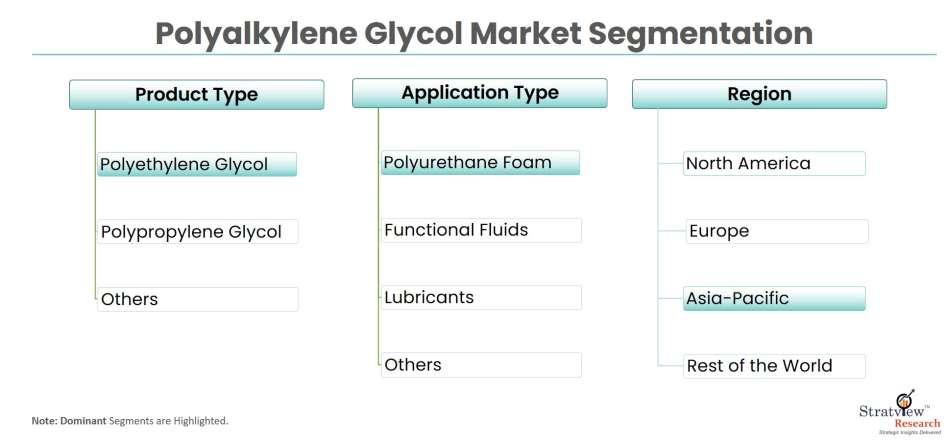Introduction
The polyalkylene glycol (PAG) market is witnessing the emergence of several trends that are shaping the industry landscape and driving its growth. Polyalkylene glycols are synthetic polymers produced through the polymerization of alkylene oxides, such as ethylene oxide or propylene oxide. They possess unique properties that make them highly desirable in various applications, ranging from lubricants and chemical intermediates to personal care and pharmaceuticals. This article provides a closer look at the emerging trends in the polyalkylene glycol market, highlighting their significance and potential impact on the industry.
Rising Demand for Bio-based and Sustainable Solutions
One of the prominent trends in the polyalkylene glycol market is the increasing demand for bio-based and sustainable solutions. With growing environmental concerns and the need for greener alternatives, industries are actively seeking sustainable options to replace traditional petroleum-based products. Polyalkylene glycols, being biodegradable and non-toxic, align with these sustainability goals. Manufacturers are investing in research and development to produce bio-based PAGs from renewable feedstocks such as vegetable oils or bio-based alcohols. These bio-based PAGs offer comparable performance to their petroleum-based counterparts while reducing the carbon footprint and environmental impact.
Expanding Applications in Electric Vehicles
The rapid growth of the electric vehicle (EV) industry is creating new opportunities for polyalkylene glycols. EVs have unique lubrication requirements due to the absence of internal combustion engines. Electric drivetrains rely heavily on lubricants for efficient operation, heat dissipation, and protection against wear. Polyalkylene glycols exhibit excellent thermal and oxidative stability, making them suitable for lubricating EV components such as electric motors and power electronics. Additionally, the high viscosity index of PAGs ensures consistent performance across a wide temperature range, addressing the demanding operating conditions of EVs. As the adoption of electric vehicles continues to rise, the demand for PAG-based lubricants is expected to grow substantially.
Advancements in Additive Manufacturing
Additive manufacturing, commonly known as 3D printing, is revolutionizing various industries, including automotive, aerospace, and healthcare. Polyalkylene glycols are finding increased use as materials for additive manufacturing processes. PAGs offer advantages such as high thermal stability, low volatility, and good processability, making them suitable for 3D printing applications. PAG-based materials can be utilized in the production of functional prototypes, complex parts, and even medical implants. The ability to tailor the properties of PAGs, such as mechanical strength and flexibility, further enhances their suitability for additive manufacturing. As the technology continues to advance, the demand for PAGs in this sector is expected to rise.
Growing Utilization in Personal Care Products
The personal care industry is experiencing a growing demand for innovative and high-performance ingredients. Polyalkylene glycols are increasingly being incorporated into personal care formulations due to their unique properties. PAGs act as effective emulsifiers, solubilizers, and viscosity modifiers, contributing to the stability, texture, and sensory attributes of cosmetic products. They provide long-lasting moisturization, improve skin feel, and enhance the delivery of active ingredients. Moreover, the biocompatibility and low skin irritation potential of PAGs make them suitable for sensitive skin care products. As consumers continue to prioritize skincare and personal hygiene, the utilization of PAGs in personal care products is expected to expand.
Enhanced Focus on Research and Development
As the polyalkylene glycol market continues to evolve, there is an enhanced focus on research and development activities. Manufacturers are investing in developing advanced formulations, improving the performance characteristics of PAGs, and exploring new applications.


